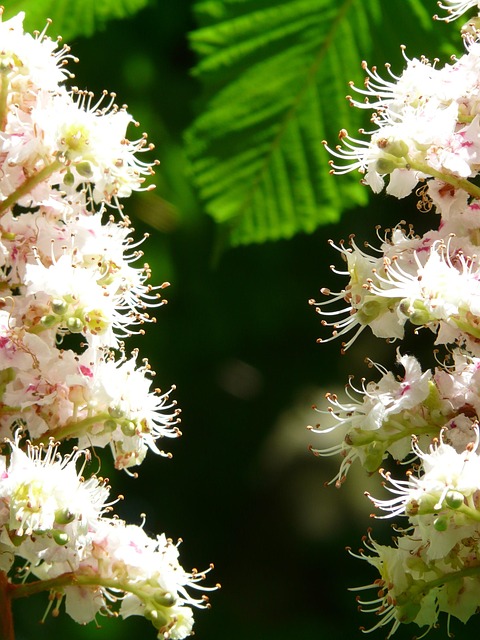The real estate sector plays a pivotal role in sustainable community growth by adopting eco-friendly architectural practices such as renewable energy sources, efficient water management, and green building materials. Developers are also creating mixed-use neighborhoods that promote walkability, cycling, and public transportation to reduce vehicle reliance. Integrating green spaces, community gardens, and shared amenities enhances social cohesion while ensuring environmental sustainability. Urban planning should prioritize green spaces and eco-friendly infrastructure to improve air quality, mitigate urban heat, and boost residents' quality of life. Eco-conscious features like solar panels and smart energy management reduce carbon footprints and increase property values. Community engagement is crucial for developers, as it fosters inclusivity, social cohesion, and resilience during crises, ensuring vibrant, adaptable, and sustainable communities.
Sustainable community growth is no longer a niche concern but a critical focus for urban planning. This article explores strategies for fostering vibrant, eco-conscious neighborhoods. We delve into the pivotal role of real estate in shaping sustainable communities, from green space integration to innovative infrastructure designs. Additionally, we highlight the importance of empowering locals through community engagement, ensuring longevity and resilience. By merging real estate development with environmental stewardship, we can create thriving, sustainable habitats for future generations.
The Role of Real Estate in Shaping Sustainable Communities

The real estate sector plays a pivotal role in fostering sustainable community growth by designing and developing spaces that prioritize environmental stewardship, social equity, and economic viability. Eco-friendly architectural practices, such as incorporating renewable energy sources, efficient water management systems, and green building materials, are becoming increasingly prevalent in residential and commercial properties. These initiatives not only reduce the carbon footprint of communities but also contribute to long-term cost savings for residents.
Moreover, real estate developers have the potential to create mixed-use neighborhoods that promote walkability, cycling, and public transportation, thereby reducing reliance on private vehicles. By integrating green spaces, community gardens, and shared amenities, real estate projects can enhance social cohesion and improve the overall quality of life for inhabitants. This holistic approach ensures that communities are not only environmentally sustainable but also socially connected and economically prosperous.
Strategies for Integrating Green Spaces and Eco-Friendly Infrastructure

In urban planning and real estate development, integrating green spaces and eco-friendly infrastructure is a key strategy for fostering sustainable community growth. By incorporating parks, gardens, and green corridors into residential areas, cities can enhance biodiversity, improve air quality, and mitigate the urban heat island effect. These natural amenities not only contribute to a higher quality of life but also encourage active lifestyles among residents, fostering healthier communities.
Eco-friendly infrastructure, such as solar panels, rainwater harvesting systems, and smart energy management solutions, further supports sustainable development in real estate. Developers can incorporate these innovations into buildings and community spaces, reducing carbon footprints and promoting resource efficiency. This approach not only benefits the environment but also attracts eco-conscious residents and increases property values, creating a positive feedback loop for future growth.
Empowering Locals: Community Engagement for Longevity and Resilience

Community engagement is a cornerstone for fostering sustainable growth in any real estate development. By empowering locals, developers can create a sense of ownership and stewardship that ensures the longevity and resilience of the community. This involves actively involving residents in decision-making processes, understanding their unique needs and aspirations, and incorporating these insights into urban planning and design. Such collaboration leads to the creation of inclusive spaces that cater to diverse lifestyles, age groups, and cultural backgrounds, thereby strengthening social cohesion.
When locals are engaged, they become invested in the community’s future, leading to a more responsive and adaptive environment. This is particularly vital in times of crisis, such as economic downturns or natural disasters, where resilient communities can quickly recover and rebound. By fostering a culture of participation, developers can unlock a wealth of local knowledge and expertise, enhancing the overall quality and sustainability of the development while ensuring it remains a vibrant place to live for years to come.






